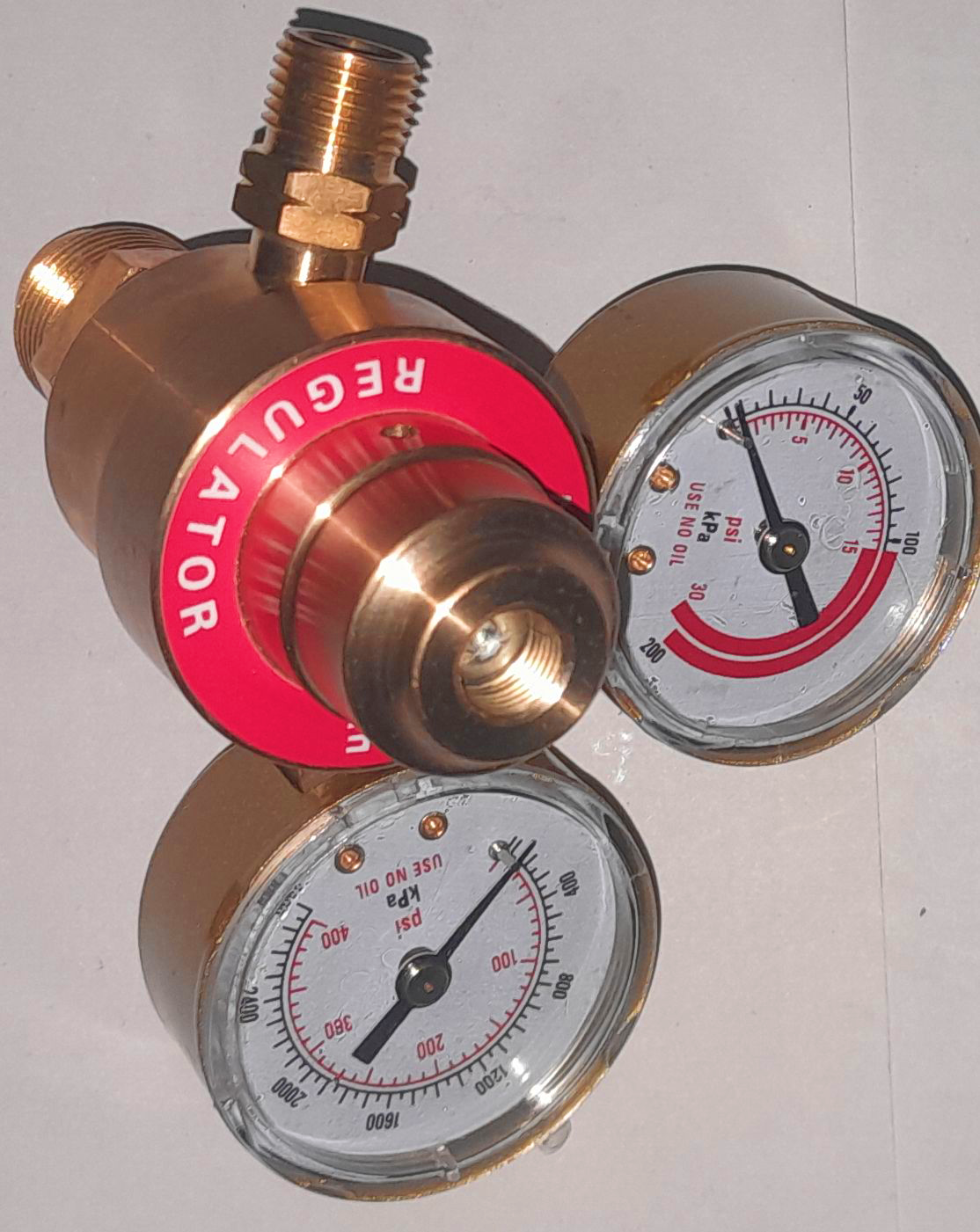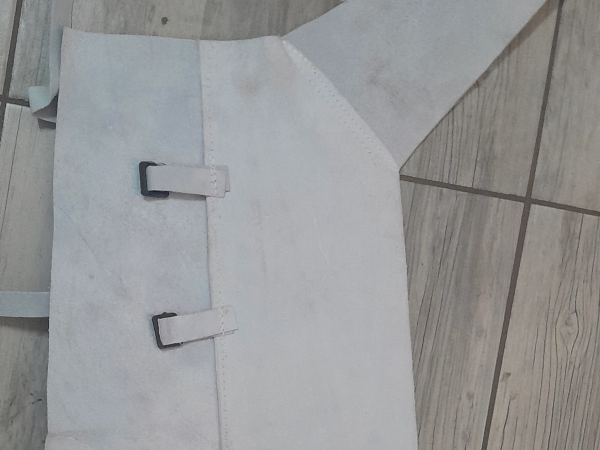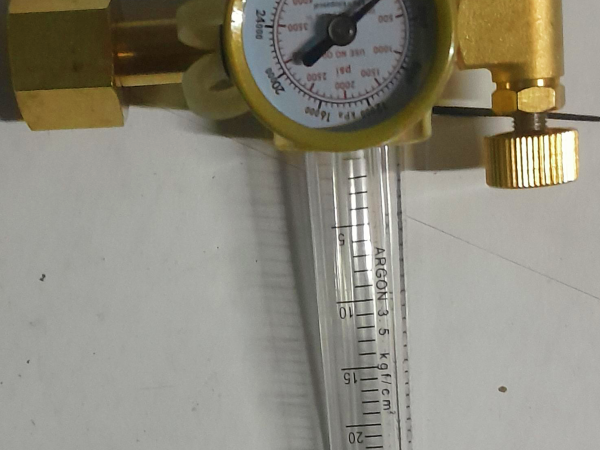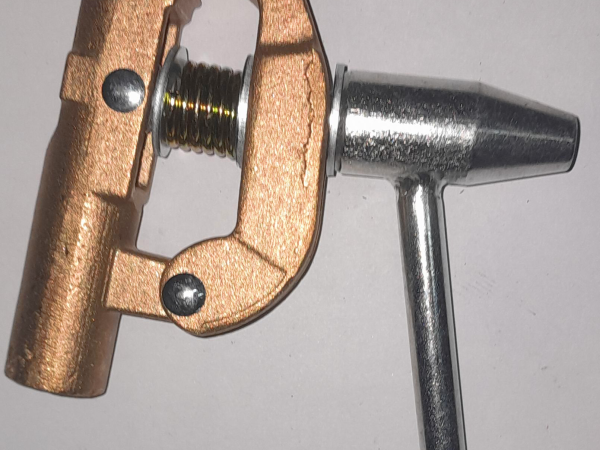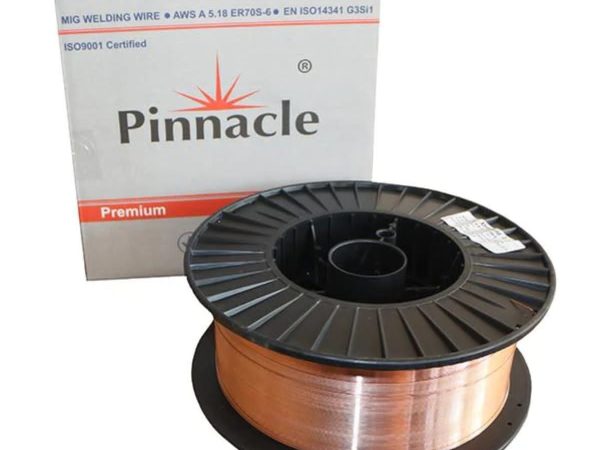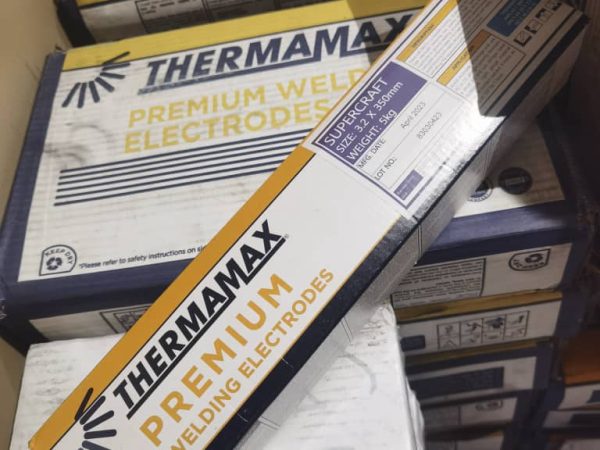Description
An acetylene regulator is a device used to control and regulate the flow of acetylene gas from a high-pressure cylinder to a lower, usable pressure. It is commonly used in welding, cutting, and heating applications where acetylene is combined with oxygen to produce a high-temperature flame. Here’s a detailed description of an acetylene regulator:
—
Key Features:
1. Pressure Control:
– Reduces high-pressure acetylene from a cylinder to a safe and manageable level for use.
2. Gauges:
– Typically includes two gauges:
– **Cylinder Pressure Gauge:** Displays the pressure of acetylene remaining in the cylinder.
– **Outlet Pressure Gauge:** Shows the pressure of acetylene being delivered to the torch or equipment.
3. Adjustable Outlet Pressure:
– Allows the user to adjust the outlet pressure to meet specific requirements.
4. Material:
– Made from durable materials such as brass or stainless steel to withstand high pressure and resist corrosion.
5. Safety Features:
– Includes a pressure relief valve to prevent over-pressurization and ensure safe operation.
6. Connections:
– Designed to fit standard acetylene cylinders with compatible CGA (Compressed Gas Association) fittings.
—
Applications:
– Welding: Regulates acetylene flow for oxy-acetylene welding processes.
– Cutting: Used in oxy-acetylene cutting torches for metal cutting.
– Heating: Provides controlled acetylene flow for brazing, soldering, and heating applications.
– Industrial: Used in metal fabrication, repair work, and other industrial processes.
—
Benefits:
– Precision Control: Allows accurate adjustment of acetylene pressure for specific tasks.
– Safety: Built-in safety features ensure reliable and secure operation.
– Durability: Resistant to corrosion and wear, ensuring long-lasting performance.
– Versatility: Suitable for a wide range of welding, cutting, and heating applications.
—
Safety Tips:
– Always inspect the regulator for damage or leaks before use.
– Ensure the regulator is compatible with your acetylene cylinder and application.
– Use the correct pressure settings to avoid over-pressurization.
– Store and handle acetylene cylinders in a safe, upright position.
– Follow manufacturer guidelines for installation and operation.
—
An acetylene regulator is an essential tool for safely and efficiently controlling acetylene flow in welding, cutting, and heating applications. If you need further details or assistance, feel free to ask!

